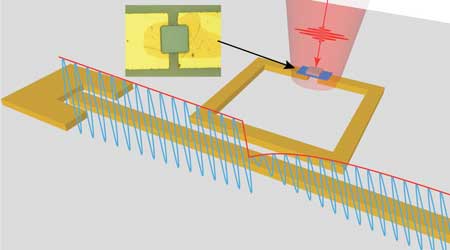 The enhanced power of the new measuring technique to characterize materials at scales much smaller than any current technologies will accelerate the discovery and investigation of 2D, micro- and nanoscale materials.
The enhanced power of the new measuring technique to characterize materials at scales much smaller than any current technologies will accelerate the discovery and investigation of 2D, micro- and nanoscale materials.
Tuesday, April 9, 2019
Measurement of semiconductor material quality is now 100,000 times more sensitive
 The enhanced power of the new measuring technique to characterize materials at scales much smaller than any current technologies will accelerate the discovery and investigation of 2D, micro- and nanoscale materials.
The enhanced power of the new measuring technique to characterize materials at scales much smaller than any current technologies will accelerate the discovery and investigation of 2D, micro- and nanoscale materials.
Strain and defects grow in magnetite nanoparticles when oxidized
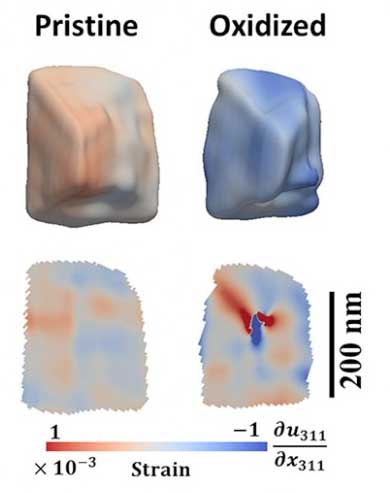 Detailed 3D images show how nanoparticles change in reactions that purify contaminated water or power recyclable geochemical batteries.
Detailed 3D images show how nanoparticles change in reactions that purify contaminated water or power recyclable geochemical batteries.
New electron microscopy technique limits membrane destruction
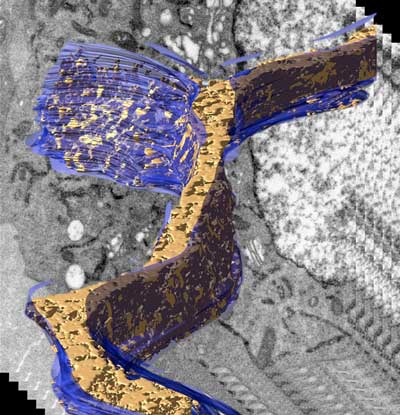 Researchers have created an electron microscopy technique termed cryoAPEX that accurately tracks membrane proteins in a well-preserved cell. The new method is a hybrid of two commonly used methods in cell biology: high-pressure freezing and chemical fixation.
Researchers have created an electron microscopy technique termed cryoAPEX that accurately tracks membrane proteins in a well-preserved cell. The new method is a hybrid of two commonly used methods in cell biology: high-pressure freezing and chemical fixation.
A significant supercomputing grant for investigations of atomically precise nanocatalysts
 The project focuses on chemical reactions catalysed by ligand-stabilized metal nanoclusters.
The project focuses on chemical reactions catalysed by ligand-stabilized metal nanoclusters.
Graphene coating could help prevent lithium battery fires
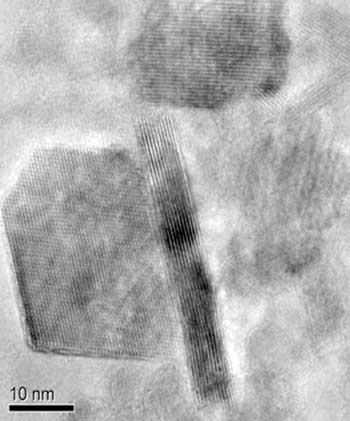 Researchers report that graphene may take the oxygen out of lithium battery fires.
Researchers report that graphene may take the oxygen out of lithium battery fires.
Pin-sized sensor could bring chemical ID to smartphone-sized devices
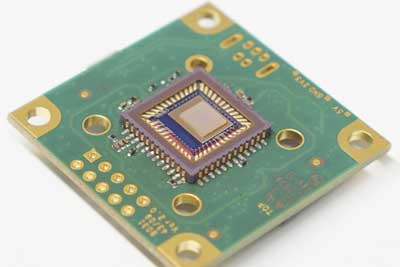 Engineers have developed a spectrometer so small and simple that it could integrate with the camera of a typical cellphone without sacrificing accuracy.
Engineers have developed a spectrometer so small and simple that it could integrate with the camera of a typical cellphone without sacrificing accuracy.
New hybrid energy method using graphene could fuel the future of rockets, spacecraft
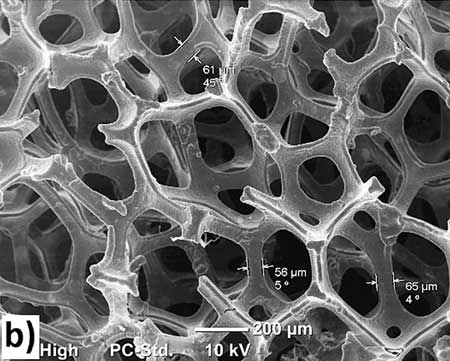 Graphene, a new material with applications in biomedical technology, electronics, composites, energy and sensors, may soon help send rockets to space.
Graphene, a new material with applications in biomedical technology, electronics, composites, energy and sensors, may soon help send rockets to space.
Greener, more efficient natural gas filtration
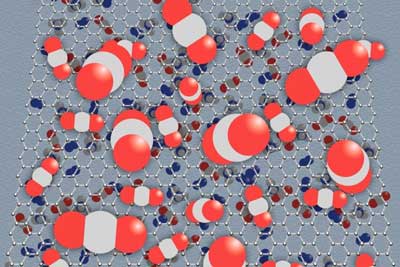 Novel membrane material removes more impurities, without the need for toxic solvents.
Novel membrane material removes more impurities, without the need for toxic solvents.
Subscribe to:
Comments (Atom)
